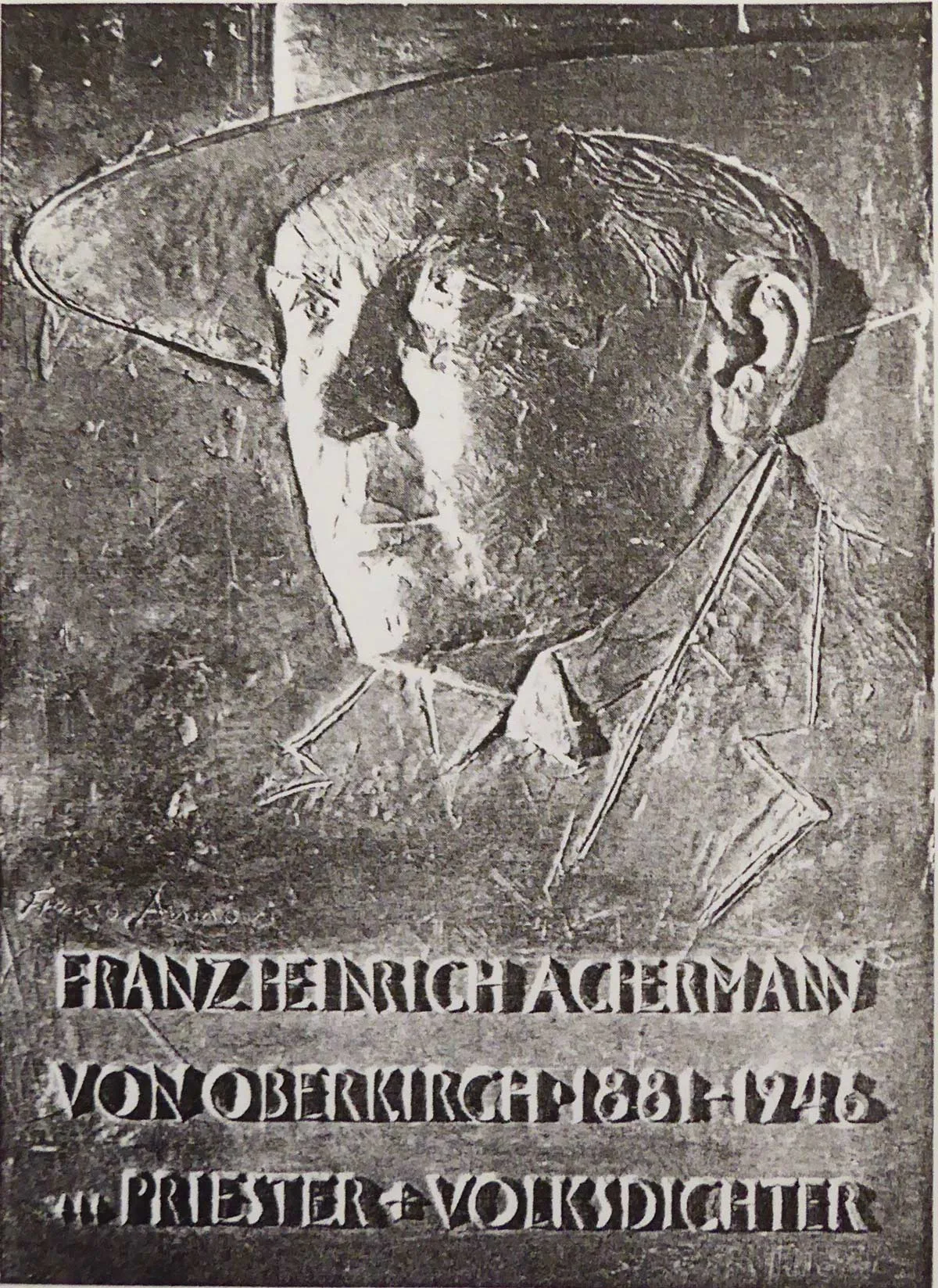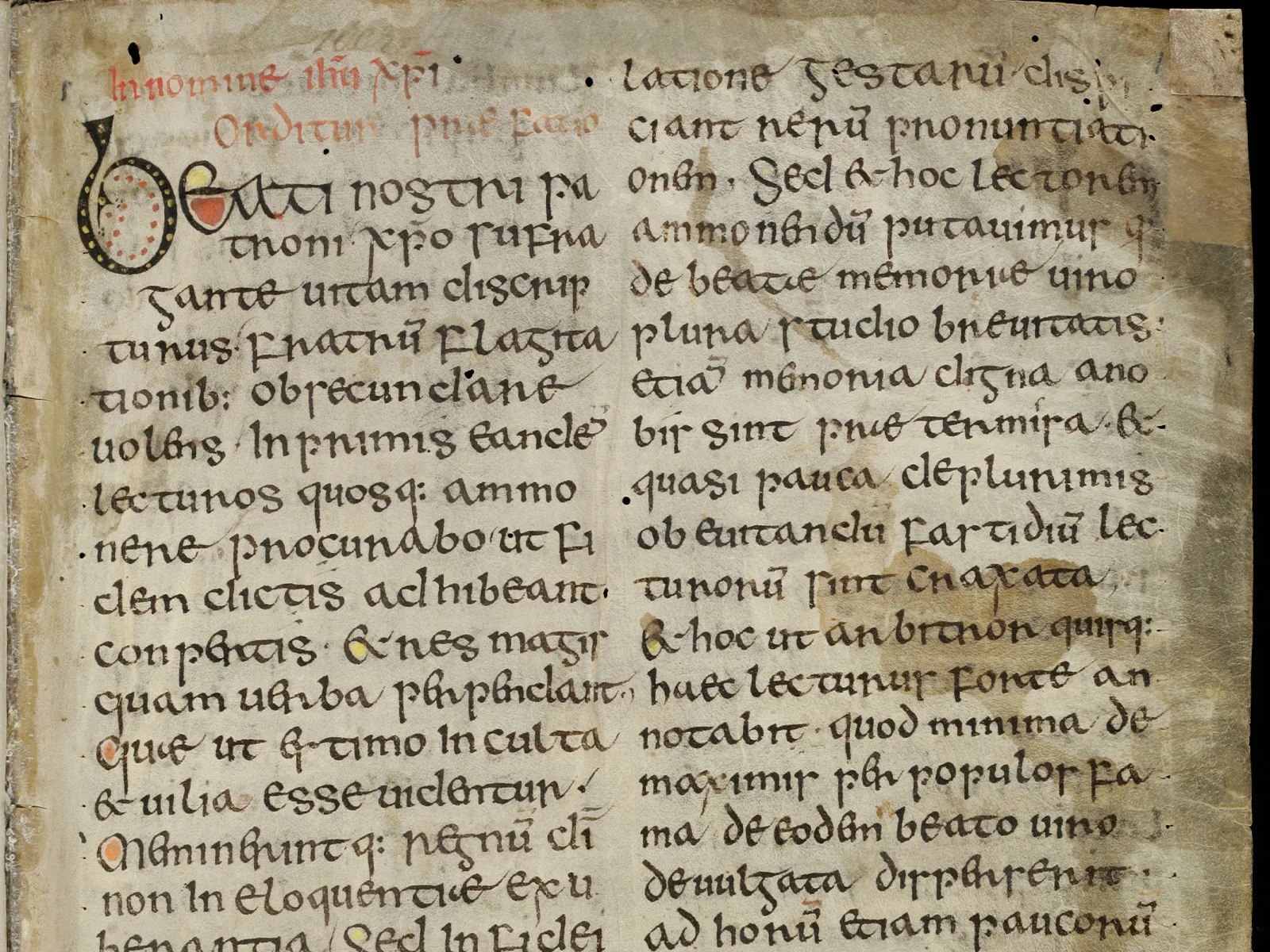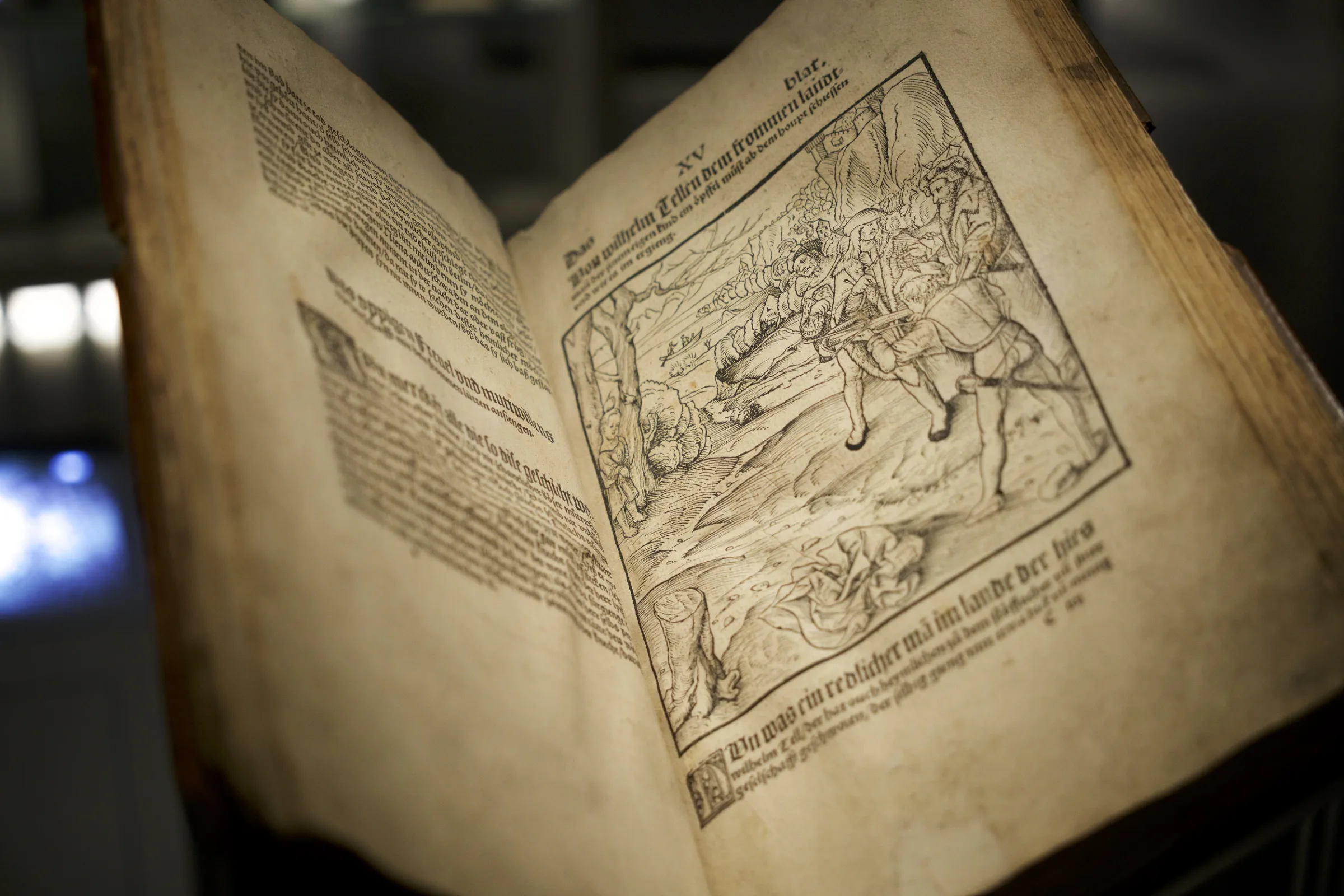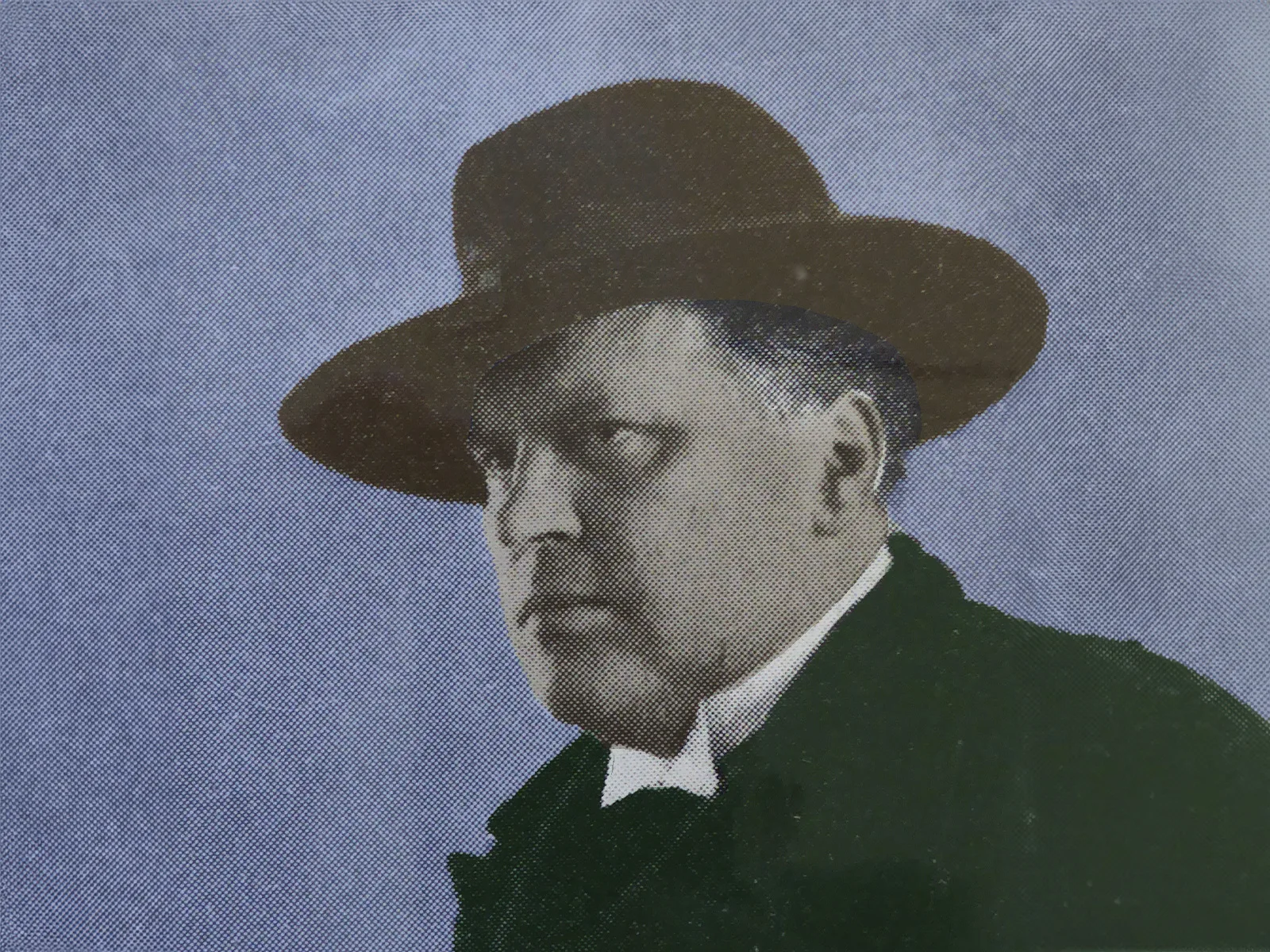
Switzerland’s Karl May
Franz Heinrich Achermann (1881–1946) is no longer remembered today. Nonetheless, the Lucerne clergyman wrote about 40 novels and dramas and was once Switzerland’s most widely read author of books for young people.
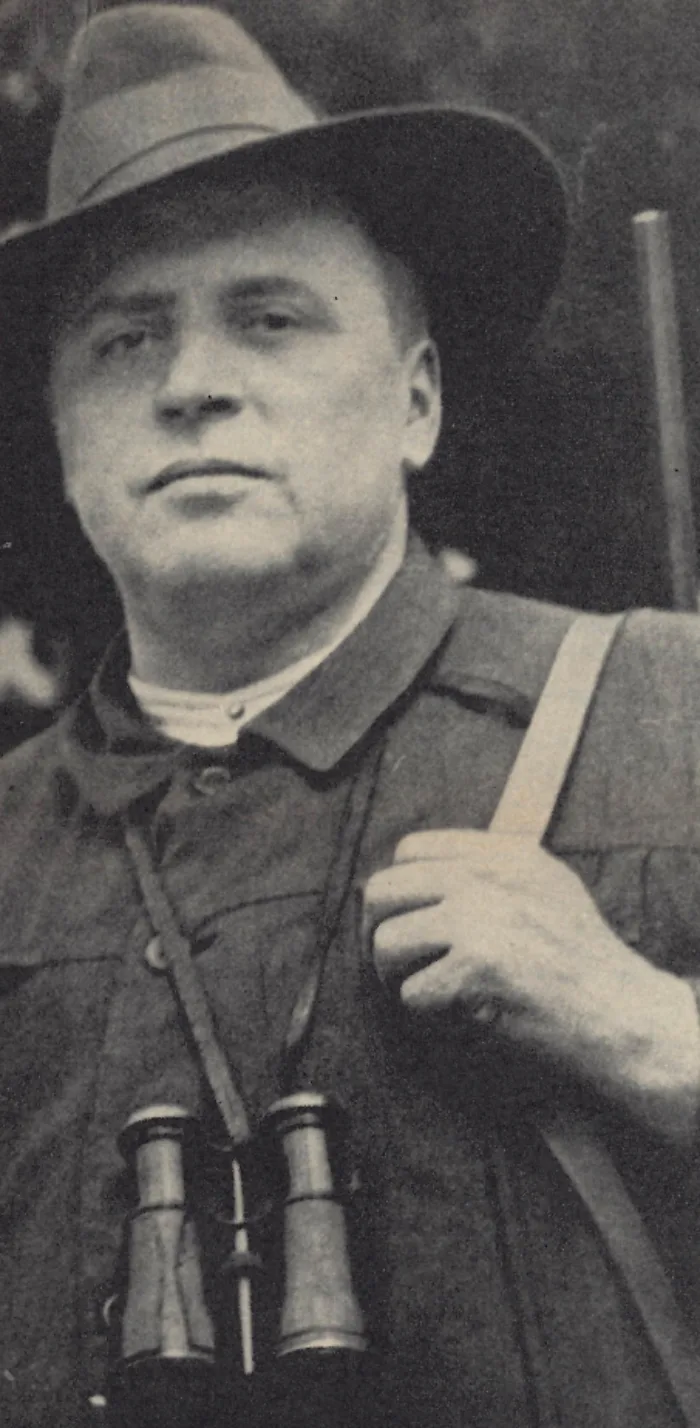
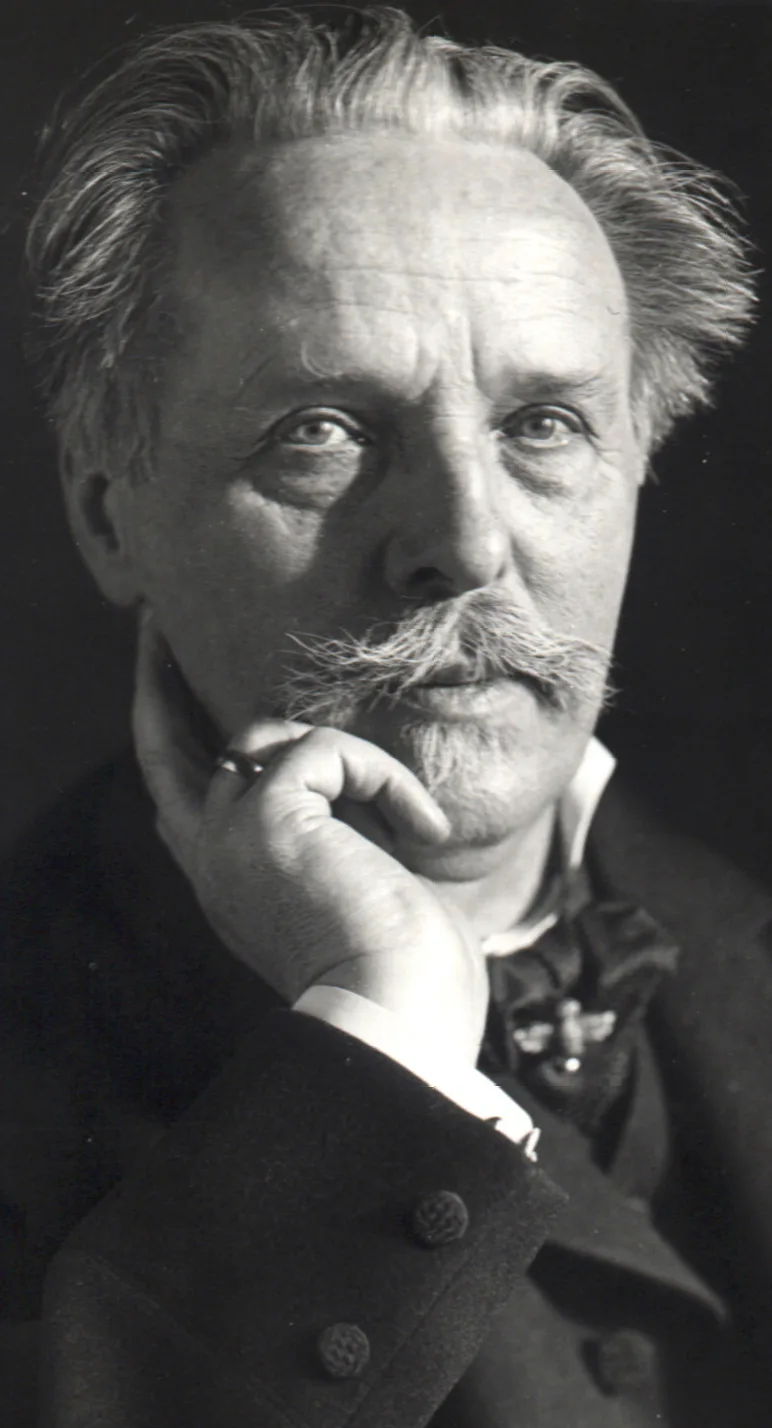
A Catholic clergyman
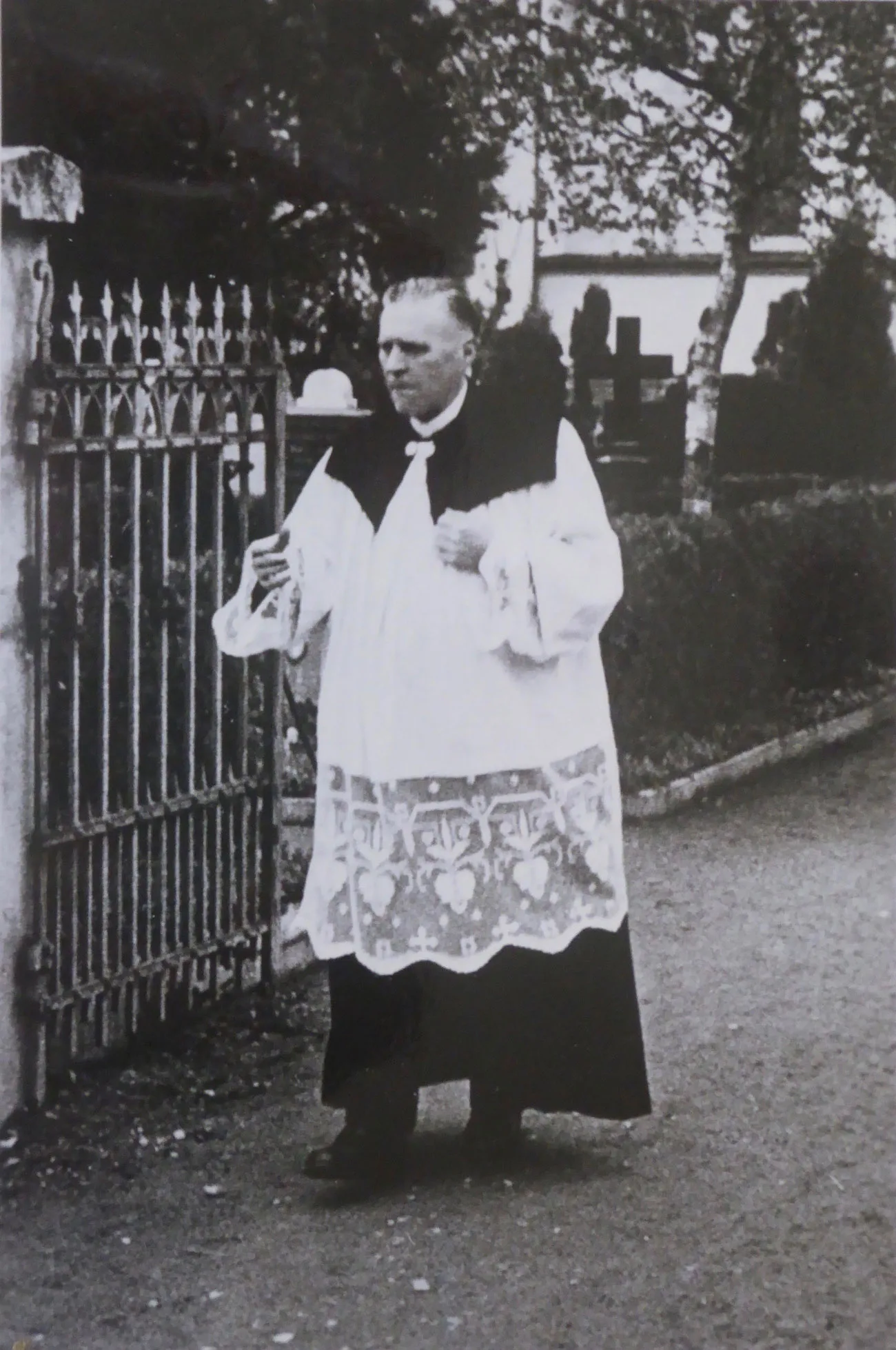
From vicar to author
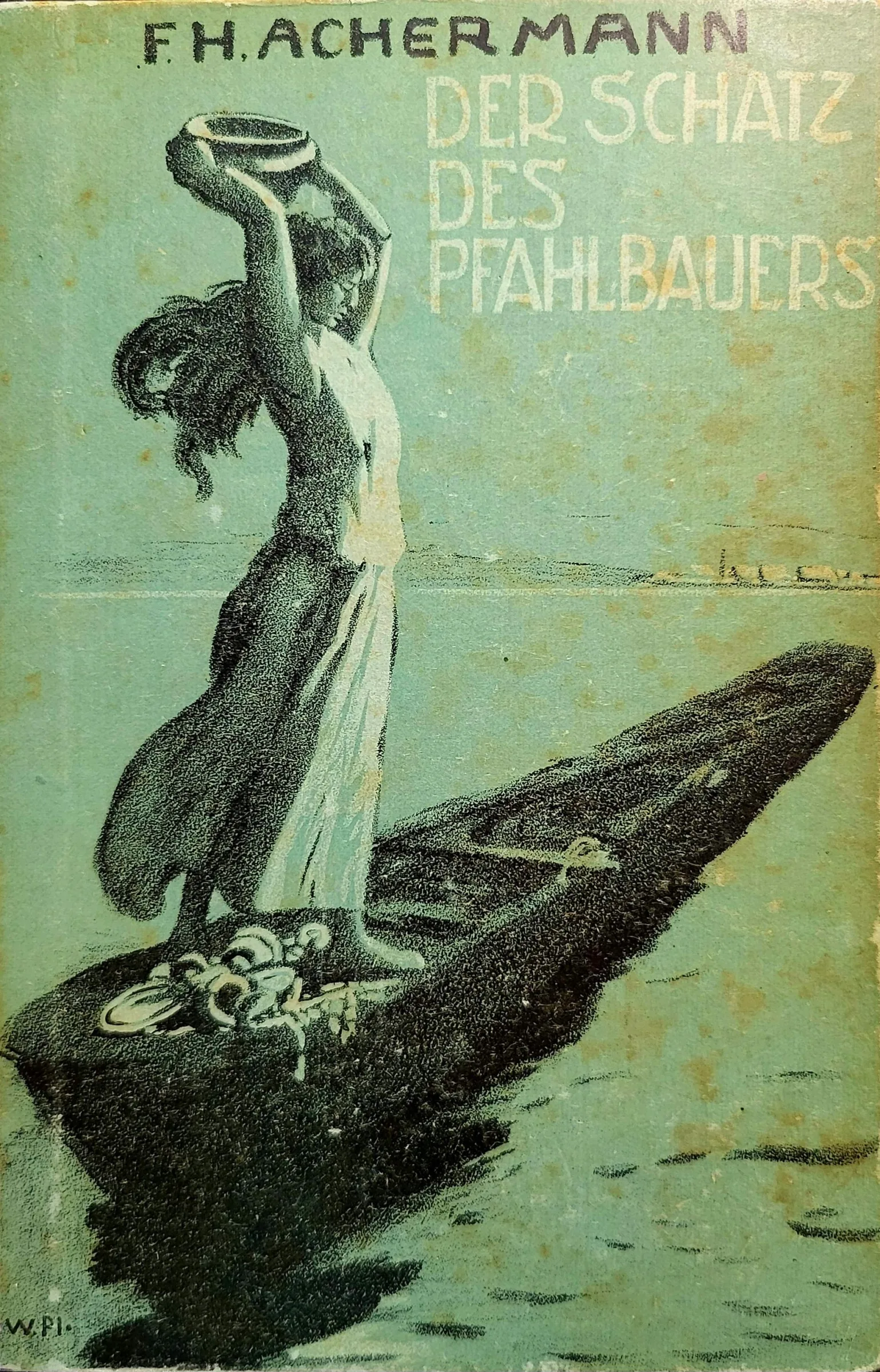
Thoughts had to be put down on paper immediately, leaving little to no time to refine the language, which is why the choice of words and verbal imagery were a snapshot of his state of mind at that particular time. (…) His was an easygoing, uncontrolled, sometimes even unsophisticated style of storytelling.
The “people’s poet” is no more
